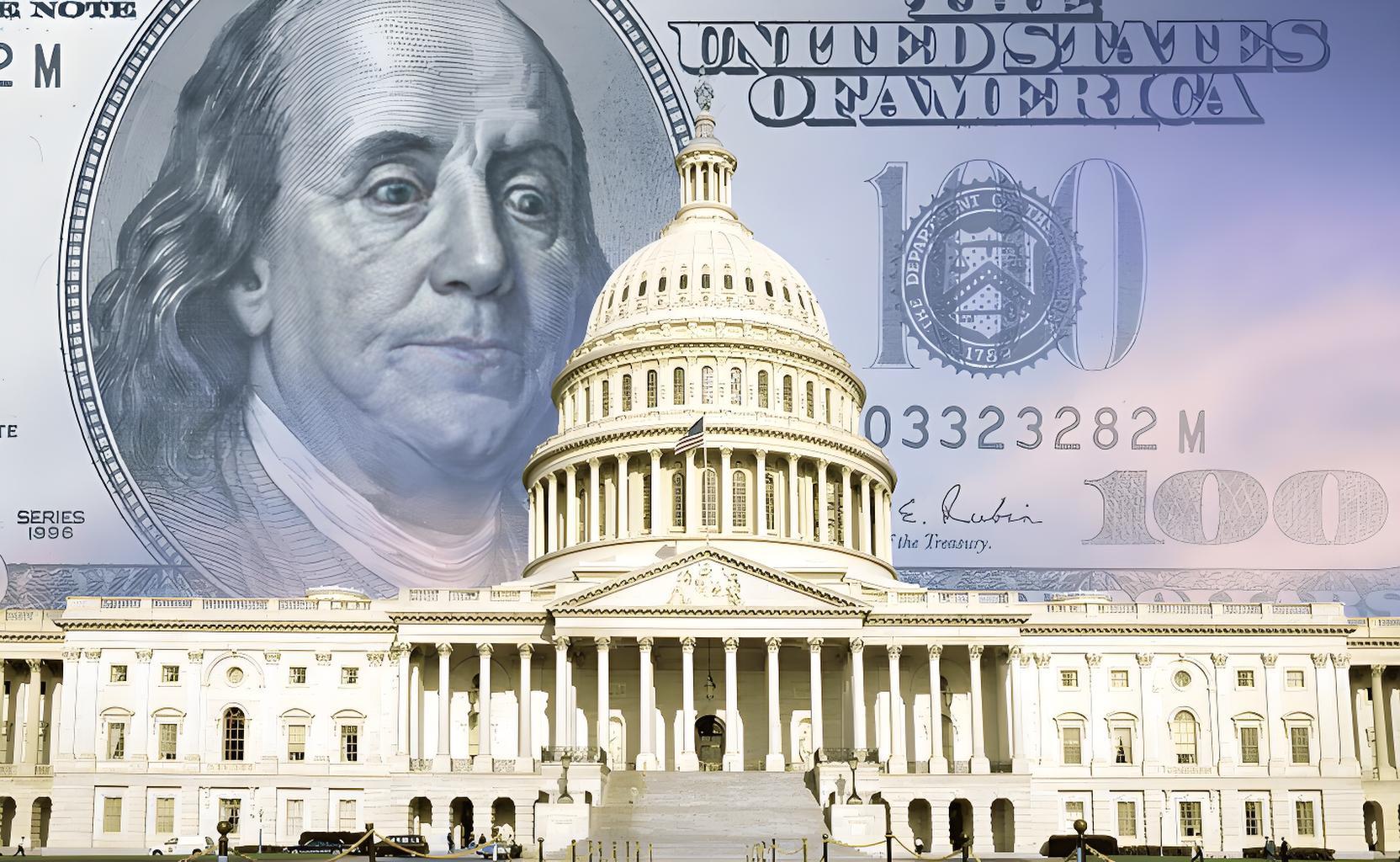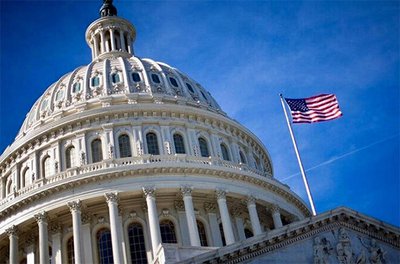
In the current era where the global economy is closely interconnected, every policy change made by the Federal Reserve is like a boulder dropped into water, creating ripples that spread far and wide. The Federal Open Market Committee (FOMC) meeting in March 2025 has undoubtedly become the focus of attention from all sectors, and the signals it released have a profound impact on the direction of the global financial markets.
At the FOMC meeting in March, the Federal Reserve decided not to cut interest rates, a result that was within market expectations. However, the move to significantly slow down the pace of quantitative tightening (QT) has drawn widespread attention. QT, as an important means of normalizing the Federal Reserve's monetary policy, the change in its pace is directly related to the liquidity in the market. Slowing down QT means that the rate of decrease in the supply of U.S. dollars in the market will slow down, and more funds will remain in the market, potentially affecting asset prices and economic activities.
At the same time, the Federal Reserve's actions of lowering the U.S. growth forecast and raising the inflation forecast have cast a thick layer of uncertainty over the economic outlook. The downward revision of the growth forecast reflects the Federal Reserve's concerns about the driving force behind the U.S. economic growth. Perhaps it is the continued impact of trade frictions, or the weakness in domestic consumption and investment, all of which make the future path of the U.S. economy full of obstacles. The upward revision of the inflation forecast highlights that the pressure of rising prices still exists. Against the backdrop of weak economic growth, inflation is showing signs of picking up. The increased uncertainty in the prospects of growth and inflation has put the Federal Reserve in a dilemma when formulating policies.
During the press conference, Federal Reserve Chairman Powell signaled more concern about the economic downturn than the rise in inflation, which was generally interpreted by the market as a dovish stance. Behind this dovish attitude is a profound understanding of the current state of the U.S. economy. Once the risk of an economic downturn intensifies, it may trigger a series of chain reactions, such as an increase in the unemployment rate and a decline in corporate profits. These problems pose a greater threat than the short-term inflation pressure. Therefore, Powell's statement has injected a dose of "stabilizing medicine" into the market and set the tone for the subsequent policy direction.
Based on the various signals from this meeting, the market's expectations for the Federal Reserve's interest rate cuts within the year have changed significantly. The previously more conservative expectations for interest rate cuts are now expected to be brought forward to the second quarter of 2025 (25Q2), and it is expected that there will be 1-2 interest rate cuts throughout the year. Interest rate cuts, as a powerful monetary policy tool, can reduce the financing costs of enterprises and individuals, stimulate investment and consumption, and thus inject new vitality into economic growth. If the Federal Reserve really opens the interest rate cut channel in 25Q2, then the U.S. and even the global financial markets will witness new changes.
The U.S. Treasury bond yields have also become the focus of market attention after this meeting. Due to the market's expectations of the Federal Reserve's policy shift, the U.S. Treasury bond yields are still expected to decline to 4% in the short term. As an important benchmark for global asset pricing, the decline in the U.S. Treasury bond yields will drive fluctuations in the prices of various other assets. For investors, this is both an opportunity and a challenge. On the one hand, bond prices may rise, bringing returns to bond investors; on the other hand, funds may flow from other asset classes to the bond market, leading to a decline in the prices of other assets.
However, we cannot ignore the risk that the U.S. Treasury bond yields may rebound above 4.5% in the second half of 2025 (25H2). The economic situation is full of uncertainties. If the U.S. economy experiences an unexpected recovery in the second half of the year, or if the inflation pressure gets out of control again, the Federal Reserve may adjust its policy direction, leading to a significant rebound in the U.S. Treasury bond yields. Such a rebound will have a huge impact on the financial markets, with bond prices falling, corporate financing costs rising, and the stock market may also face the pressure of a correction.
The Federal Reserve's decision in March is a cautious choice in a complex economic situation. Its policy direction is not only related to the future of the U.S. economy but also has a profound impact on the global financial markets. Investors need to closely monitor every move of the Federal Reserve and flexibly adjust their investment strategies to cope with the uncertain market environment. Governments and central banks around the world should also draw lessons from the Federal Reserve's decision, formulate reasonable policies in combination with their own economic situations, and jointly maintain the stability and prosperity of the global economy.

In early December, US stocks staged their most dramatic intraday reversal in months. Driven by the dual positive catalysts of chip giant NVIDIA's better-than-expected earnings report and a "Goldilocks" nonfarm payrolls report, the S&P 500 index surged as much as 1.9% within the first hour of trading.
In early December, US stocks staged their most dramatic int…
On December 5, 2025, the European Union fined Musk's social…
Since October 2025, there has been a week of intense fighti…
On the global economic stage of 2025, the U.S. economy is s…
Recently, the head of Apple's artificial intelligence and t…
On December 5, 2025, the Office of the Compilers of the Cur…